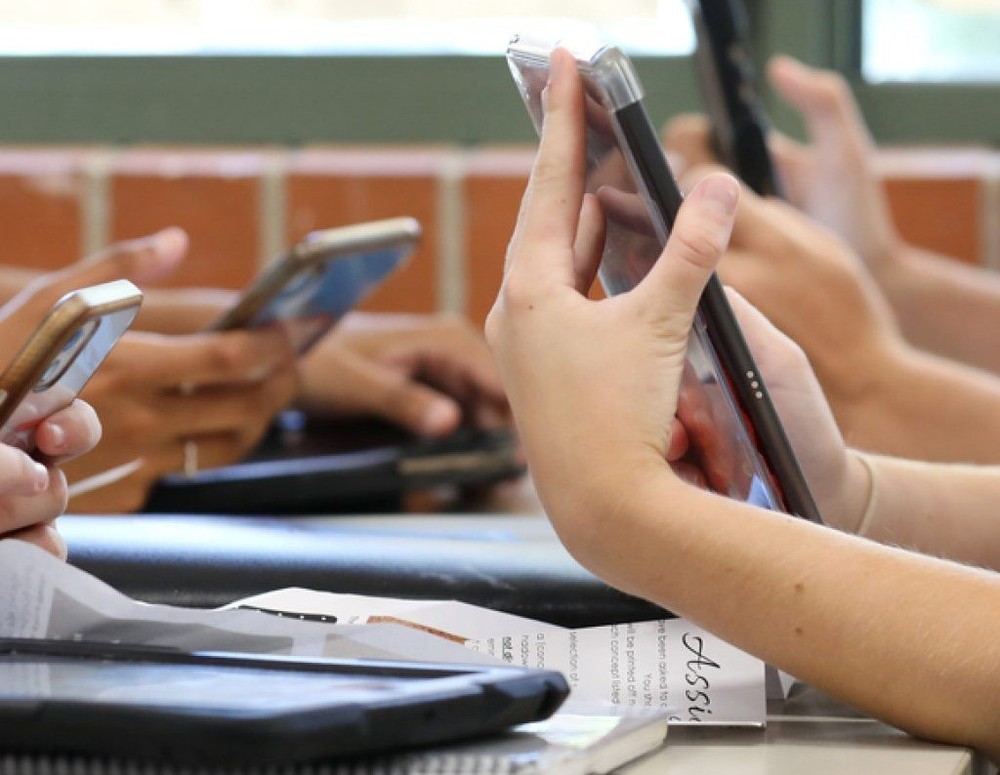by Dr. Wightman🤓💙💛
📱Smartphones are part of students’ lives, and the research paints a cloudy picture of what happens when they’re available during the school day. Studies identify both learning opportunities and real risks; effects often depend on how devices are used, when they’re available, and how consistently expectations are enforced.
Potential benefits when access is structured for learning😃
A large body of “mobile learning” research reports academic gains when phones are intentionally woven into instruction (e.g., quick-response quizzes, formative checks, language practice, collaborative notetaking). The analysis of multiple studies has found small-to-moderate positive effects on achievement across subjects and grades when teachers deliberately design tasks for mobile use and manage routines (e.g., clear start/stop signals, purpose-built apps, and defined roles for the device) (ERIC, PMC).
Beyond test scores, studies in Bring-Your-Own-Device (BYOD) environments describe perceived growth in “21st-century” skills such as information literacy, collaboration, and self-management—again, when pedagogy and classroom management are aligned to the tools (PMC).
There is also evidence that specific phone-based activities (e.g., low-stakes game-based quizzing) can boost motivation and retention when used purposefully, which helps explain why some classrooms report better participation with structured phone use (PMC).
Risks and downsides when access is open or unstructured😟
Cognitive research has found that the mere presence of a student’s own smartphone—switched off and face-down—reduces available working memory and attention, which directly undermines learning during lessons (r.jordan.im). PISA, Program for International Student Assessment, which conducts an assessment of 15-year-olds every 3 years in reading, mathematics, and science found that frequent in-class phone distraction led to lower math scores (OECD, 2024).
When schools work to tighten student access (e.g., consistent “away for the day” rules), studies have documented academic improvement. Particularly, English secondary schools saw test-score gains after phone bans—largest for lower-achieving students. A Norwegian analysis found reductions in bullying and fewer health-care visits for psychological symptoms among girls, alongside GPA gains for girls. These results suggest broad, consistently enforced limits can improve the school climate and, in some cases, achievement. (cep.lse.ac.uk, SSRN)
Why findings differ across schools
Check Out the FULL ARTICLE HERE along with MORE NH news in our monthly Newsletter

